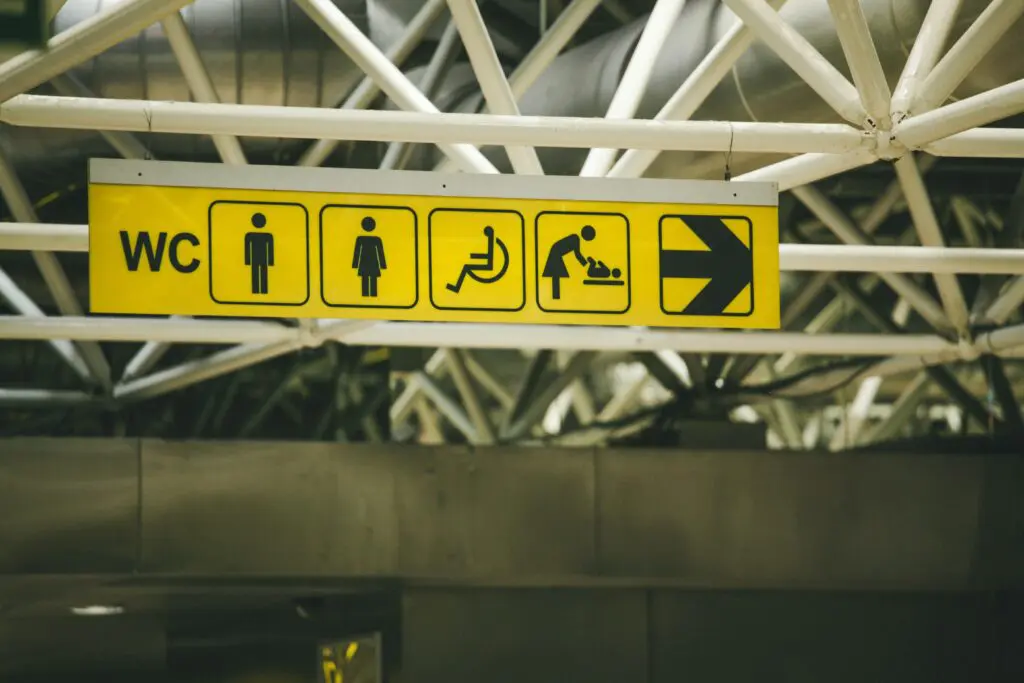
The internet is built on the notion that information should be accessible, shareable, and open. The information superhighway connects us with people and ideas at an unprecedented rate. As technology advances, building an accessible web depends on our vigilant effort to build sites and apps that enable everyone to connect with the resources available.
What is accessibility?
In the context of a website or app, accessibility refers to technology that enables all users to interact with the content, with special attention for those with a disability.
If you’re living without a disability, it can be easy to forget there are many people who use technology in a very different way than you. For some users, this means navigating with software that reads the navigation and content to them. For others, it means navigating without a mouse or touchpad, or without being able to hear. When we build accessible websites and apps, we build in a way that supports these different use cases.

Why should we care about building an accessible web?
It may be tempting to think that just because the majority of your users don’t use assistive technology or interfaces, there isn’t much benefit to building your site or app with those minority users in mind.
However, accessibility is becoming a standard, not an afterthought, and we believe it’s worth pursuing now for several reasons:
Accessibility benefits everyone
Web accessibility is essential for people with disabilities and useful for all.
https://www.w3.org/WAI/perspective-videos
An accessible web makes everyone’s experience better. Accessibility ensures sites are still usable when CSS fails to load. It also keeps video content relevant even with the sound off and increases the readability of content in less-than-ideal lighting conditions. And it allows users to use their keyboard to navigate the site, often much quicker than they can with their mouse or touchpad.
Accessibility is good for SEO
Accessibility improves navigability and usability not just for disabled people but for everyone, and it can be tremendously beneficial for SEO (Vox).
When we build with accessibility in mind, we fuel SEO content with relevant information. If the site and content makes sense for assistive technology, it will also make sense to the machines at Google, Microsoft, and Yahoo.
Accessibility is the law
The number of website accessibility lawsuits … filed in federal court under Title III of the ADA exploded in 2018 to at least 2258 – increasing by 177% from 814 such lawsuits in 2017 (ADA Title III).
If you operate a physical place of business, you’re well aware of the implications the Americans with Disabilities Act (ADA) has had on your business. However, many businesses aren’t aware of how this legislation affects their online presence. Beyond user experience, lack of accessibility could expose your organization to legal risk.

What can I do to increase accessibility?
The ADA itself doesn’t provide measurable criteria for what it considers accessible. However, we can take cues from how others have been measured in the courts. This is where the Web Accessibility Initiative (WAI) comes in. The WAI’s guidelines—the Web Content Accessibility Guidelines (WCAG)—lay out measurable ways to accommodate users with a disability.
If your organization interfaces with the federal government, you should also be familiar with Section 508. These laws outline the success criteria for building accessible sites that are used by the government.
Making sure your site, app, and content are accessible can feel overwhelming. The WAI is a great place to start. There you’ll find tools and references for both content creators and developers. These will walk you through how to evaluate your current technology. The Web Accessibility eValuation Tool (WAVE) can also help you assess your current site for potential issues.
In our experience, there are several quick fixes that can have an immediate impact on the accessibility of your site or app:
- Add
altattributes toimgelements - Add
Skip to contentlinks near the top of the page - Use heading tags (
H1,H2, etc.) - Adjust contrast for text
However, while some of the items on this list may be easy to address, it only scratches the surface of what building an accessible web entails. Beyond the quick fixes, the WCAG covers a wide range of considerations; you may need to work with a developer to get your site or app up to current accessibility standards.
Accessibility standards change alongside changing technology, and it can be overwhelming for organizations to keep up with these. We’d love to help you assess your technology and build a game plan for meeting the criteria today and moving forward!